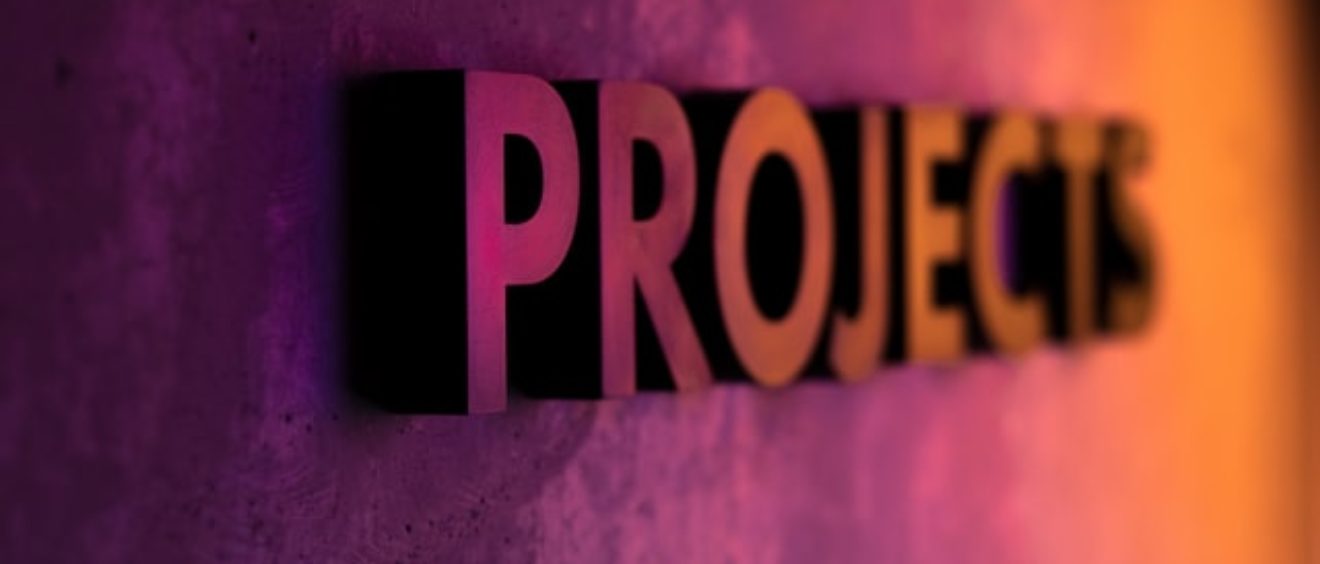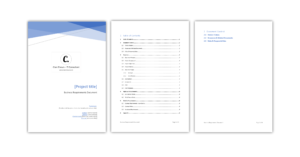
Identifying a good project delivery process
In this article I will explore three simple ways to identify a good project delivery process.
There are many things that make a good project delivery process and project culture great. If you are reading this then you most probably do most of your work in a project environment. You would be aware that there are two human elements that make a big difference, I refer to “the people” and the “leaders” of the project.
People – And as you know, the key to any successful project are the people involved, their attitudes, commitment, emotional attachment and so on. You can have a terrible process, complicated business logic to implement, but with the right people anything is possible. Unfortunately in most situations I’ve seen, the right combination of people is rarely formed. I think largely due to the complexity of the projects and of course the lack of time.
Leadership – But also to the extent of a lack of charismatic and inspiring leaders. Whether that is the senior person in charge, a team leader or project manager. These people in the project should be the inspirational motivators, and not passengers on the project.
Alas we must look for something that endures, beyond employee tenure and the test of time. Something that can organically grow once planted. What we look for then is a ‘good project delivery process’, I also like to interchange process in this context with culture, a good project culture can not only provide practical components of a successful project, but also make it fun and less stressful for those involved. Though when we think of culture it generally pertains to the nature of the people and company, which can be quite dynamic over time.
I’ve put some thought into all the projects I’ve been involved with in developing software applications and transforming business using technology solutions. I think there are 3 key areas, that if you have them, you have the foundations of a great project delivery process.
Decision makers
There must be clear decision makers, even if they are the wrong person for the job. This will be obvious overtime, and can then be rectified. But if there is no decision maker for a particular area of the project, you will be running around in circles, wasting time and money, and worst of all losing the commitment and confidence of the delivery team and stakeholders.
High level decision making
Every project and team is different, so it is impossible to say who should be the decision maker in all instances. In my experience the key decision maker for all issues related to direction and sign-off of requirements and goals should be the Project Sponsor. This is the person who initiated the project, often the person with budget approval power or direct connection to the person with the money. In simple terms, if you control the money you should know well enough what direction the project should be going.
Lower level decision making
For decision making on the next level below, this would be for day to day related issues. Team leaders, seniors or managers should be the ones to make decisions. When hiring for these position, you need to have people with true leadership qualities. One good example of this is the person who can get the team motivated and moving, who knows when to stand-up and take charge, when things look like they are stagnating. In any good company the leaders should predominantly be excellent coaches, and coach more than they lead.
Project Definition
There are 3 important things to define in this order of importance:
- what the project is/ is for,
- the goals and
- the requirements of the project.
And with each of those things you must first think them through, this seems obvious but you’d surprised how many times people think they know what they want without really researching and analysing the problem. You must define them (write them down), again, is seems like a no brainer, but if you don’t write it down people forget and/or misinterpreted. And equally as important as the first two things, you must AGREE on the projects requirements and goals. Everyone, especially at the top, must know what they are getting into and why.
That might seem like a lot in one, but actually it’s very simple. Think of it as defining what the problem is and describing why its a problem. For example, we must introduce self-service checkouts in order to keep up with retail trends, customer expectations and increase profit.
Roles and Responsibilities
Does everyone know what they are supposed to do in the project and know what others are doing? Often not! I’ve seen both ends of the spectrum, when roles are clearly defined and when roles are vague or non-existent. Of course everyone know what skills and knowledge they can bring to a project, but questions will arise about how much time and effort should be spent on a new project opposed to current tasks/BUA, if a clear definition is not made.
A good project process is achieved when everyone knows who is doing what on a project. If new people are brought in unexpectedly, then this is a sign the 2nd need has not been met, REQUIREMENTS have not been thought through and agreed on. Okay, sometimes in new and complex projects, this is going to happen. But it can be reduced.
Summary
So what are we looking for in simple terms? In a good project process we want to see the right decision makers involved, a project definition and we want to know who is doing what in the project. And don’t forget to write it down, that what pens are for.
Photo by Octavian Dan on Unsplash

